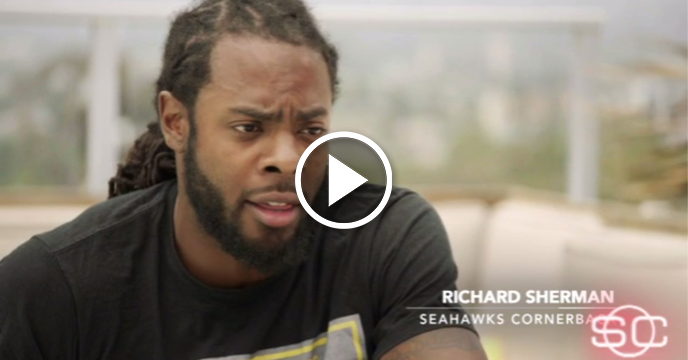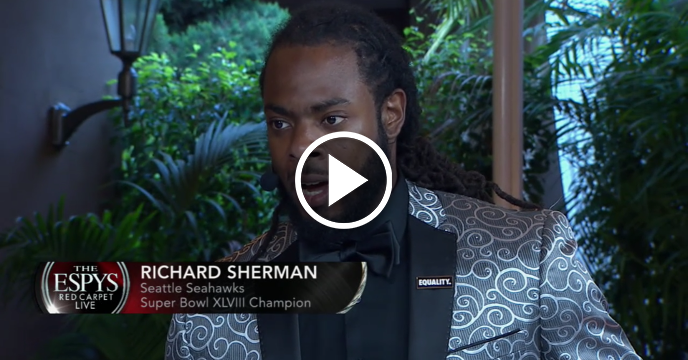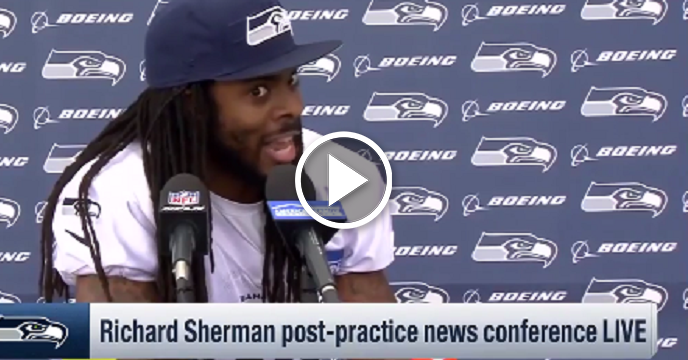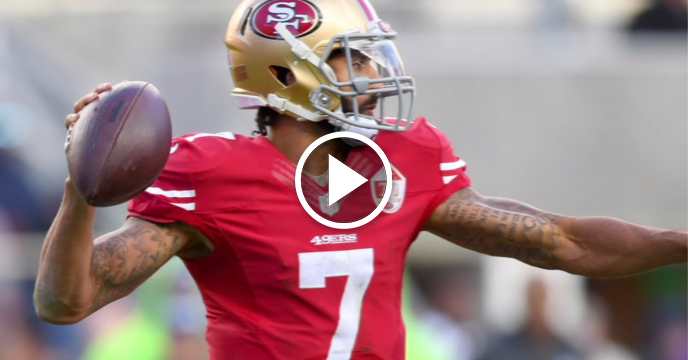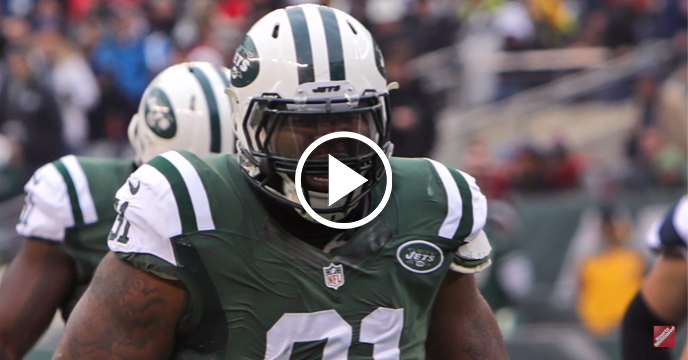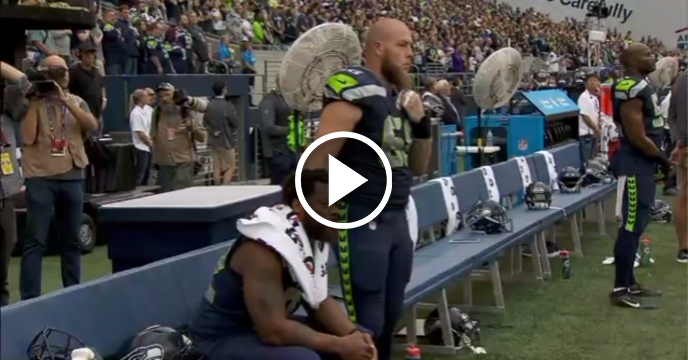With Marshawn Lynch deciding to hang up his cleats this offseason the Seattle Seahawks will enter the 2016 season in a situation that a Pete Carroll led Seahawks team has not had to face since the very beginning of his tenure. Uncertainty at running back.
While uncertainty normally has a negative perception behind it, Seattle meets these questions with a quarterback in Russell Wilson who is coming off a season previously never accomplished in NFL history (at least 4,000 passing yards, 30 touchdowns, 500 rushing yards), and the return of a rookie sensation, Thomas Rawls, who was putting together a rookie campaign until an ankle injury sidelined him late in the year. Even with Lynch missing most of last season with various ailments, Seattle will have some major production to try to replace with his departure.
The main candidate to do so is the aforementioned Rawls. Rawls was putting together a spectacular rookie season in which he rushed for 830 yards on 147 carries, resulting in a yards per carry average of 5.6 prior to his injury. He also led the league averaging 2.68 yards after contact, and according to Pro Football Focus posted a league best 62% success rate on his carries. He draws comparisons to Lynch, and is just the type of runner that Seattle looks for. He is expected to return in time for the regular season, and if he were able to do so would likely be the workhorse for this Seahawks’ offense.
Seattle also resigned Christine Michael this offseason. Michael finished the year in Seattle after injuries plagued the Seahawks’ backfield. Prior to his return to Seattle, the Seahawks traded him to the Dallas Cowboys before the start of the regular season where he was eventually waived and spent some time on the Washington Redskins’ practice squad. Michael performed well in his time rushing 60 times for 262 yards in four games, including one playoff game. The coaching staff seemed pleased with what they saw from him in his little time last year, but with all the running backs drafted its possible his could find himself as the odd man out when the regular season gets closer.
After Rawls and Michael the Seahawks find themselves with three running backs that they drafted in this years draft. These include CJ Prosise, Alex Collins and Zac Brooks.
Prosise seems to be the leading option to take over for Fred Jackson’s role as primarily a third down back. While at Notre Dame last season, he averaged 6.6 yards per carry, and rushed for over 1,000 yards. Prior to switching to running back, Prosise spent time at wide receiver, where he led the Notre Dame receivers averaging 17.8 yards per catch in the 2014 season. This makes him a versatile option for Seattle not only running routes out of the backfield, but also being able to spread out at wide receiver.
Prior to the draft it was said Prosise has the size necessary to carry the workload of an NFL quarterback, and possessed the athletic ability necessary to set him apart from other running backs in the draft. Having only played a small amount of running back he still needs to work on his decisiveness and other aspects of the position that will come as he takes the reps. One main area Seattle will need him to improve in his blocking, which would likely be a major part of his role.
Collins out of Arkansas could be looked at as the bruiser of the group. Even just through OTAs his aggressive style stuck out and had people reminiscing about Lynch in the backfield. Collins had a very successful college career, becoming only the third player in SEC history to have three consecutive 1,000-yard seasons. Last season he ran for 1,577 yards and 20 touchdowns.
Prior to the draft Collins was compared to Chris Ivory, and was praised for his consistency, foot quickness, pad level, and ability to fall forward. He was knocked for his inability to break tackles.
One of the most interesting things about Collins is he was the only running back in the draft to have more blocking snaps than routes run. It could be a major plus for Seattle and a open door for playing time for Collins on a team still looking for consistent protection for Wilson.
Seattle used their final pick of the draft on Brooks out of Clemson. Brooks saw his playing time reduced after a broken foot ended his season in 2014, and returned to find himself lower on the depth chart.
Brooks looks like another versatile option that could help Seattle in many different ways. As a runner he is able to accelerate and get to full speed quickly, running a 4.45 in the 40-yard dash. He also has lateral quickness to make people miss, and is a strong pass catcher out of the backfield.
As you can see Seattle is looking to replace Lynch with a committee of strong options and depth at the running back position. This will plat right into Carroll’s “always compete” philosophy, with all five guys looking to compete for roster spots. It will be a position group battle to watch throughout the preseason.
 Share
Share 


